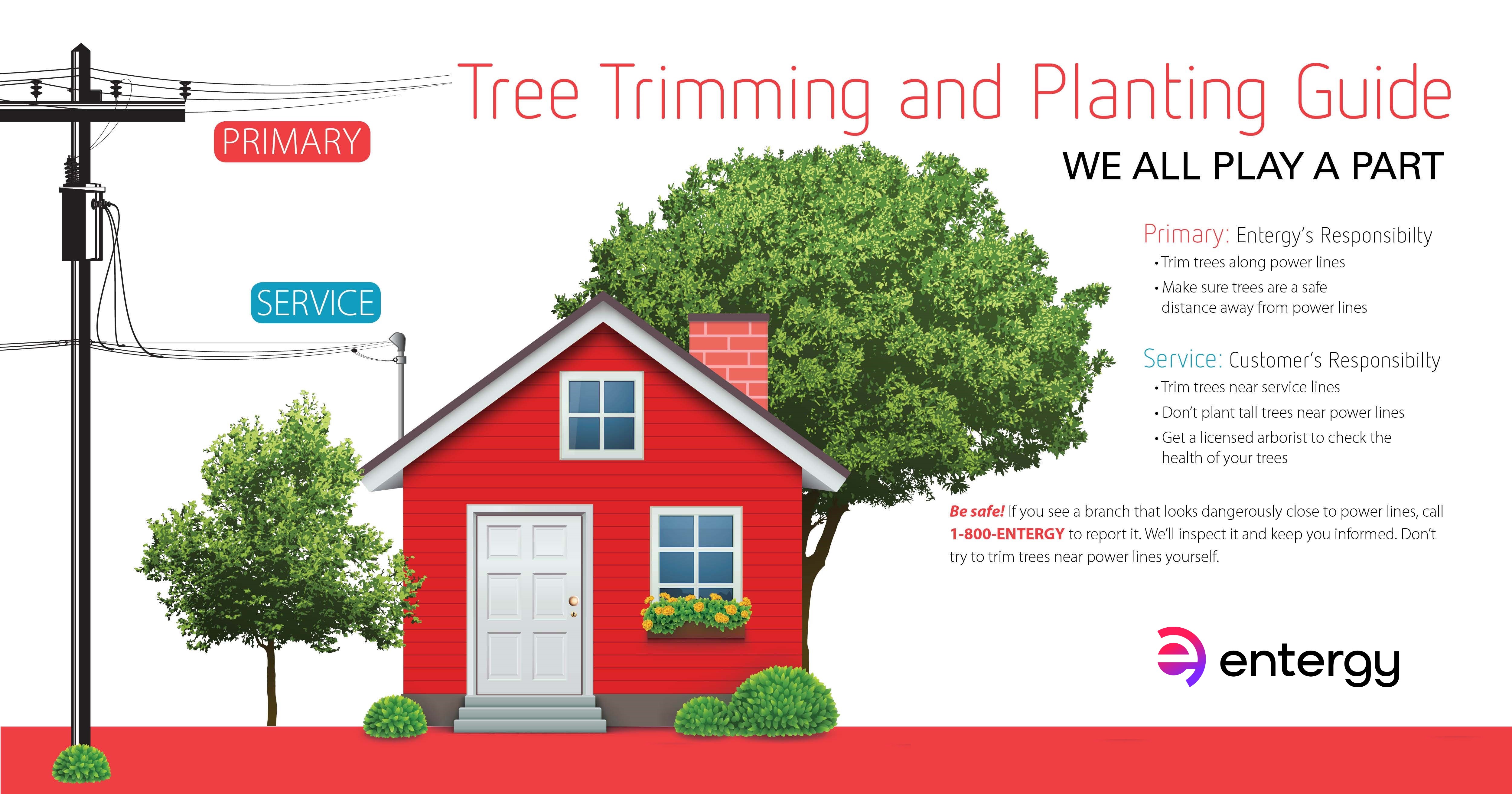Signs It's Time For Tree Removal: Just How To Identify Dangerous Trees
Signs It's Time For Tree Removal: Just How To Identify Dangerous Trees
Blog Article
Content By-Velling Enemark
When it pertains to tree treatment, identifying the indications that it's time for removal is essential for your security and property. You could observe blemished leaves, wilting branches, or weird fungal developments suggesting illness. Architectural concerns, like a considerable lean or cracks in the trunk, can additionally position threats. Understanding these warning signs can help you make informed decisions concerning your trees and protect against possible threats hiding in your lawn. What should you seek following?
Indicators of Degeneration and Illness
When you observe indicators of degeneration and condition in your trees, it's critical to act promptly. Search for stained leaves, wilting branches, or uncommon growths like fungi. These can show that your tree is battling.
If you see cracks in the bark or soft, mushy wood, these signs recommend internal decay. Furthermore, a sudden boost in insects around your tree can signal that it's compromised and susceptible.
Look for any type of dead or dying limbs, as they position a risk to your residential or commercial property and safety. If you doubt regarding what you see, consulting an arborist can supply clarity.
Attending to these signs early can save you from more extensive damages and make certain the wellness of your yard. Do not wait until it's too late.
Structural Instability and Leaning
As you observe your trees, keep an eye out for any indications of structural instability or leaning. If a tree leans considerably, it might show that the root system is jeopardized.
Try to find any splits in the trunk or soil around the base; these can signal possible failure. Additionally, check for uncommon development patterns, like a lopsided crown, which might recommend that the tree is struggling to hold itself upright.
If https://drive.google.com/file/d/1kdJuPLlskZdEkKEPqLJtISZUxby7VnjY/view?usp=share_link see that the tree leans toward your home, high-voltage line, or various other structures, it positions a higher risk. Do not ignore these indications-- consult an arborist to examine the situation.
Acting early can stop costly damage and guarantee your security.
Dead or Dying Branches and Foliage
If you see dead or passing away branches and vegetation on your tree, it's a clear sign that something's wrong.
These harmful locations can suggest underlying issues like illness, bug infestations, or ecological tension. When branches shed their fallen leaves or transform brown, they're no more adding to the tree's wellness. Overlooking these indicators might bring about additional decline, making your tree more unsafe.
Dead branches can conveniently break short during storms, positioning a threat to building and people close by. https://greensboro.com/life/from-our-garden-edible-landscaping-encourages-us-to-look-at-food-and-gardening-in-a/article_d447b509-4fb1-5d33-a42a-fcb4e7ccdb2c.html to examine the degree of the damages.
If the issue influences a significant part of the tree, consider getting in touch with a specialist. They can help identify if removal is essential to ensure security and keep the appeal of your landscape.
Final thought
If you observe any type of signs of decay, structural instability, or dead branches on your trees, don't overlook them. These signs can present severe security dangers to you and your building. It's always best to get in touch with a specialist arborist who can provide an expert analysis of your trees. Acting early can protect against accidents and costly damage, guaranteeing your landscape stays safe and healthy. Bear in mind, it's better to be proactive concerning tree treatment than to await a catastrophe to take place.
